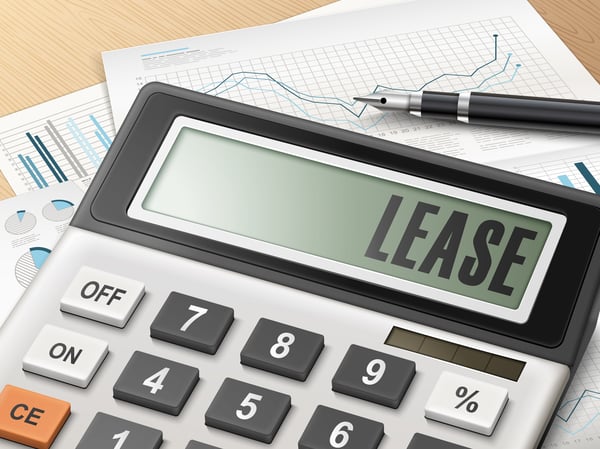How to set up a financing plan for your customer's business telephone equipment
 Installing a new telephone system can require a significant capital outlay, which could lead some companies to sacrifice desired functionality to save money. Or, they may choose a hosted VOIP service provider for financial reasons, even in cases where an on-premise solution would better meet their requirements. This is where leasing comes in.
Installing a new telephone system can require a significant capital outlay, which could lead some companies to sacrifice desired functionality to save money. Or, they may choose a hosted VOIP service provider for financial reasons, even in cases where an on-premise solution would better meet their requirements. This is where leasing comes in.
A leasing program can help your customers procure a voice solution that best suits their needs without overstretching their budget, allowing them to pay for their new phone system in manageable monthly installments rather than up front. In addition, leasing can make it easier to stay attuned to your customers’ sales cycles.
TeleDynamics has been connecting equipment dealers with trusted leasing partners for more than 10 years. We currently work with Marlin and NEC, both of which are able to finance many types of business equipment.
The low-down on leasing
Leasing allows your customers to lease their equipment, which incurs a monthly operational expense, rather than buying the equipment outright with an up-front capital outlay. The terms of the lease vary by customer, with a typical lease period being five years. The leasing company, not the customer, owns the equipment during the lease period. When the lease is up, the customer can either buy the equipment at a depreciated price or return the equipment to the leasing company (again, these terms can vary). Our partners have done leases as low as US$1,500, so virtually no system is too small to qualify for leasing.
In addition to these customer benefits, leasing can add value to your proposal by allowing you to offer a more robust phone system than your customer would be able to afford if they had to pay for it up front. It also allows them to get a more customized solution than they could get from an ITSP (Internet Telephone Service Provider) and only pay monthly installments for a few years (during the lease period) rather than indefinitely. Finally, the leasing company lets you know when the lease is up, which is a great reminder to touch base with your customer to see if they are ready to upgrade or replace their system.
The process is simple
It’s easy to get your customer set up with a leasing program. Your TeleDynamics rep can put you in touch with one of our trusted leasing partners, who in turn can walk you through the credit approval process, provide tools to calculate the payment plans, and let you know about any special promotions that may apply. The application can be submitted either electronically (online) or on paper (via fax) for a fast response – you usually get an “approved,” “declined” or “need more information” within two to four hours.
Once the equipment installation is complete and the leasing period starts, you get paid in full for the system. If you are installing a large telephone system that requires important up-front purchases for VOIP servers and the like, the leasing companies sometimes agree to advance a portion of the funds. If this is the case, be sure to ask the leasing company at the beginning of the process.
CONCLUSION
Including a leasing option in your telephone systems proposals can offer more options and flexibility to your customers, all while strengthening your position as a valuable business partner.
UPDATE: Since this article was published, we have added a DaaS (device as a service) option our financing offerings. With DaaS, your customer rents the equipment and then returns, exchanges or upgrades the devices at the end of the term. This differs from leasing, where the customer owns the equipment at the end of the lease period. With DaaS, the rental costs are accounted for as operating expenses, just like with leasing. For more details, visit our article on DaaS.
You may also like:
Turn your equipment costs into an OpEx using a device-as-a-service model
VoIP protocols: H.323 and MGCP as alternatives to SIP
VoIP and the law: Your rights and obligations








Comments